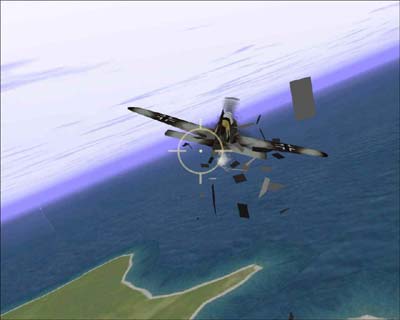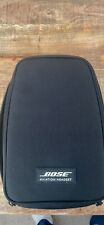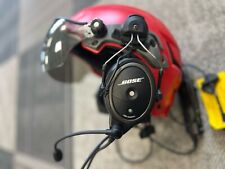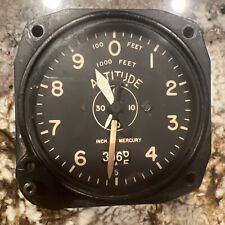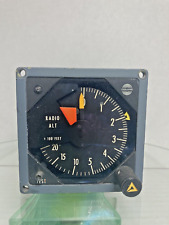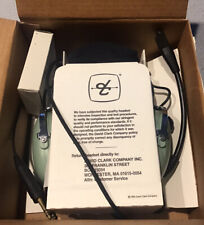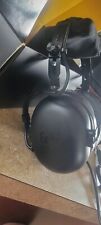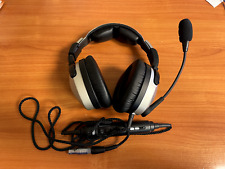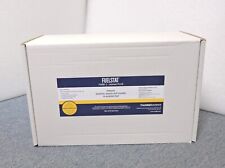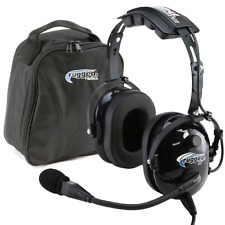Section One -Trim Aerodynamics
The issue of balance
We’ll start with Archie again…with his lever actually. Let’s take a stroll over to the local playground and watch some kids on a teeter-totter. What we see is two kids trying to play on the teeter-totter, but they aren’t doing very well. The problem is that the two kids weigh different amounts. Try as they may, one kid sits up high and the other remains on the ground.
Clearly what these kids need is some help. Thank goodness for Mom! She steps up and pushes down on the smaller kid’s end. The push that Mom applies adds just enough force to overcome the weight of the other child. Down comes the teeter-totter, and as long as Mom is willing to provide her push, the two kids will have a great time. By adding the extra force, Mom has “balanced” the teeter-totter and made it easier for the kids to make the playground toy work.
As pilots, we have to deal with teeter-totter problems as well…every time we fly. In fact, our aircraft is like a three way teeter-totter…one for each axis of motion. Here’s what I mean.
An aircraft has three control axes…longitudinal, lateral, and vertical…and rotates about each depending on what the pilot does with his flight controls. These flight control surfaces are the aileron, elevator, and rudder.
To visualize these axes, imagine a rod being pushed through the airplane as is shown in the figure. Just as the teeter-totter rotated about its fulcrum, the aircraft rotates about its three axes. Take the longitudinal axis, for example. With the rod in place, we can rotate the airplane around it. We call that “rolling the plane”, so the longitudinal axis is the “roll axis”. In the same way, the lateral axis is the “pitch axis”, and the vertical axis is the “yaw axis”.
We have primary control surfaces on our airplane to provide the pitching, rolling, or yawing movement. The elevator controls the plane in the pitch axis, the aileron controls the roll axis, and the rudder controls the yaw axis.
Note that the primary flight controls are only part of the overall wing, horizontal stabilizer, and vertical stabilizer surface. These primary controls do two main things…they control the aircraft direction (heading and altitude), and they keep the aircraft “in balance”.
What does “in balance” mean? It means keeping the aircraft attitude where the pilot wants it…a certain pitch angle (no change in pitch), a certain bank angle (no roll), or in coordinated flight (no yaw). Saying it another way, the tail (elevator/horizontal stabilizer) is our pitch balance device, the aileron is our roll balance device, and the rudder is our yaw balance device. We use these controls to maintain the balance of our plane.
There are forces that want to upset this balance…for example a “heavy” wing, or engine effects of  a prop, for example. To counter these forces, the pilot moves the primary flight controls until the imbalance is eliminated. In the next screenshot, you see an A-4 with a 1000# bomb remaining on the left wing. This definitely would be a “heavy wing” situation!
a prop, for example. To counter these forces, the pilot moves the primary flight controls until the imbalance is eliminated. In the next screenshot, you see an A-4 with a 1000# bomb remaining on the left wing. This definitely would be a “heavy wing” situation!
The aircraft will try to roll “into” that wing unless you correct it. You do that by moving the stick sideways to roll opposite to the heavy wing. This stick input will require some effort on your part, and you must hold that input to maintain a desired bank angle. It would be nice if you had some help in holding that stick input.
Here’s another example. You are flying a WW2 prop fighter. During the takeoff, the slipstream effects of the engine will yaw the plane to one side or the other depending on the direction of engine rotation.
This yaw is significant and can easily cause your plane to depart the runway. You counter this with rudder to oppose the yaw…but it’s a bunch of yaw and so you need a bunch of rudder. It would be nice if you had some help in holding that rudder input.
And in both cases you do, of course! You have the aileron and rudder trim to help you out. These two secondary flight control surfaces are going to do what Mom did for the kids on the teeter-totter. Mom used a force to push down on the board…and the aileron and rudder trim surfaces are going to produce a force that is going to relieve some or all of the force that you are holding.
Let’s consider one more example…this time we’ll consider an imbalance in pitch. We remember  that an aircraft will change its pitch attitude if we change its airspeed. Let’s say we are flying in level flight at 300KIAS and then jam in the afterburner. Boom! Our plane will accelerate! Since the plane was balanced at 300KIAS, as the speed increases, the nose will rise as the plane attempts to maintain a constant angle of attack.
that an aircraft will change its pitch attitude if we change its airspeed. Let’s say we are flying in level flight at 300KIAS and then jam in the afterburner. Boom! Our plane will accelerate! Since the plane was balanced at 300KIAS, as the speed increases, the nose will rise as the plane attempts to maintain a constant angle of attack.
But, for the sake of this discussion, we want to maintain our original altitude…so we push forward on the stick to hold the nose down. We have to push forward to maintain level flight, and the faster the plane goes, the harder we have to push forward. It sure would be nice if we had some help in holding that stick forward.
Fortunately, we have a third secondary flight control surface to help us out…pitch trim. We can use the pitch trim to help rebalance the plane at its new airspeed.
So far, we have seen that there are three axes of movement that we must keep in balance as we fly our aircraft. And we have seen that at times these axes become unbalanced due to a variety of factors (speed changes, asymmetrical loading, engine effects, etc). Let’s now move on to how we use trim to help us hold our plane in the desired “balanced” position.
Balance and trim
OK…so how do we use the trim to help put the plane back into balance? We begin by understanding how we correct for the initial imbalance. Let’s use a pitch trim situation to illustrate the points that are important.
First, let’s look at the basic “balance” idea as it relates to pitch. Here is a picture of a plane that is in balance.
The lift vector produces a nose down rotational force. This force is offset by the lifting force produced by the tail.
Now, let’s bring back our earlier example of the jet that plugged in its afterburners. As speed  increases, so does lift. To maintain its “balance” (angle of attack), the jet’s pitch attitude will increase and it will begin a climb.
increases, so does lift. To maintain its “balance” (angle of attack), the jet’s pitch attitude will increase and it will begin a climb.
To counter that pitch increase, we said the pilot has to push forward on the stick to offset the tendency of the nose to rise. That stick input causes the tail to increase its nose down angle and this produces a change in the direction of the tail force. The result is a counter-rotational force that brings the nose back down.
At this point, the pilot has his plane back in balance…but at the cost of having to push and hold  forward pressure on the stick to maintain this balance. This is tiring and not much fun, so the pilot looks about for some assistance. That’s when Archie and Mom, who have been watching from the sidelines, step in to help.
forward pressure on the stick to maintain this balance. This is tiring and not much fun, so the pilot looks about for some assistance. That’s when Archie and Mom, who have been watching from the sidelines, step in to help.
They lean forward, and each whispers into an ear, “Trim off the stick pressure, laddie”!
And so our pilot, who knows a good idea when he hears one, begins to manipulate the pitch trim control of his plane. He does this in a series of incremental inputs, and with each input, he can feel the stick force slowly diminishing. Wow! He likes that, and so he keeps adding a nose down trim input until he reaches the point where he no longer has to push on the stick to hold the nose of the plane where he wants it. Somehow, the trim function has relieved him of having to do all the work himself. Now, the trim is doing the work.
Here is what has happened. Trim has added additional down force to the tail. As the trim input  increased, the amount of pilot force decreased until none was required to hold the nose in place. Trim had replaced muscle power to do the required work.
increased, the amount of pilot force decreased until none was required to hold the nose in place. Trim had replaced muscle power to do the required work.
Archie steps back and smiles, as does Mom. “See”, they say to the pilot…”it only took a little outside help”! Trim substituted for Mom’s push in the earlier example, and the overall effect was similar to Archie’s idea of a lever moving a heavy load.
And that, folks, is the short and sweet of what trim does. It applies some outside help…an additional force…that will reduce or replace the existing pilot force on the stick or rudder.
So much for theory. Let’s go now to the real world of trim devices and learn a little about what these things look like and how they work.






